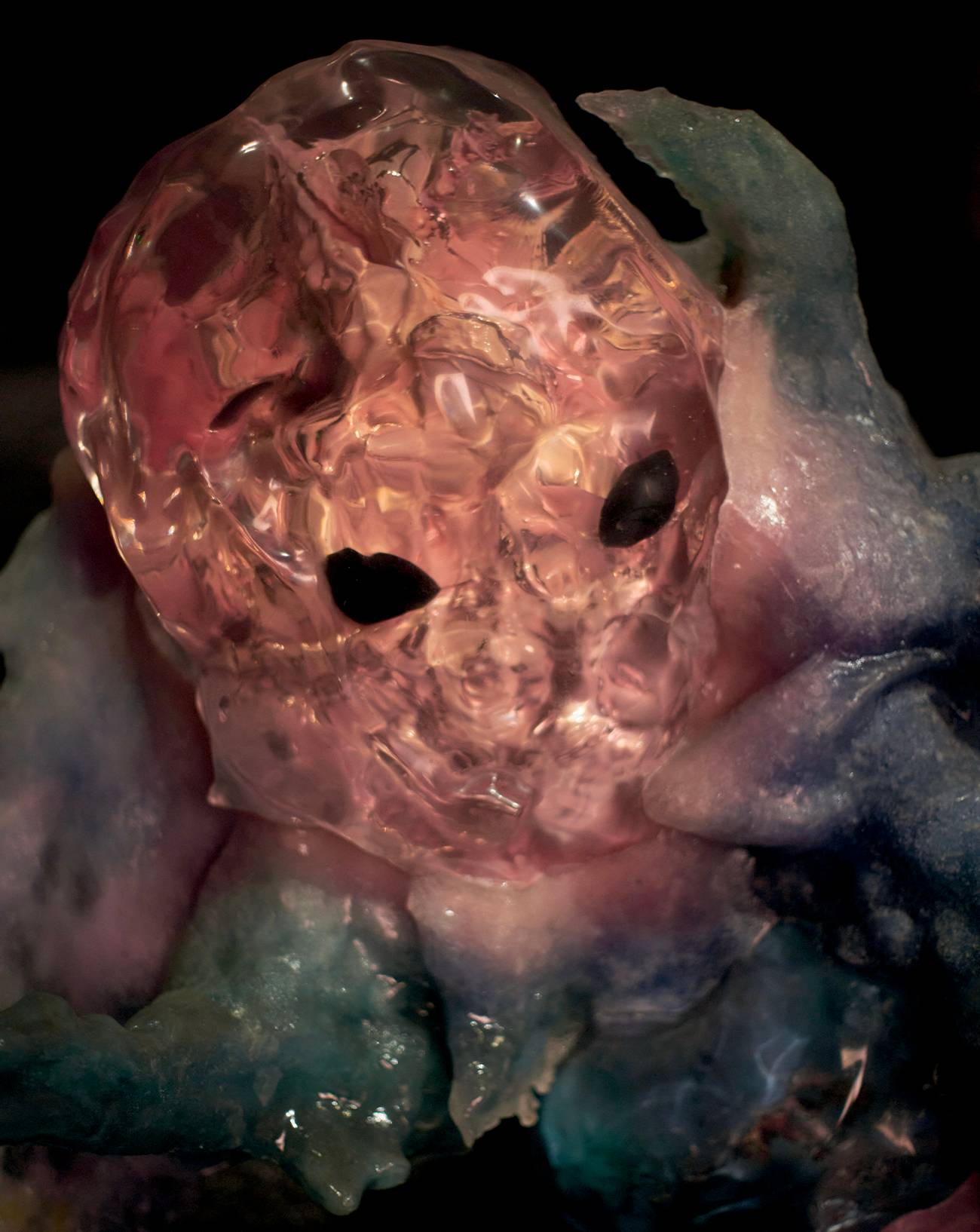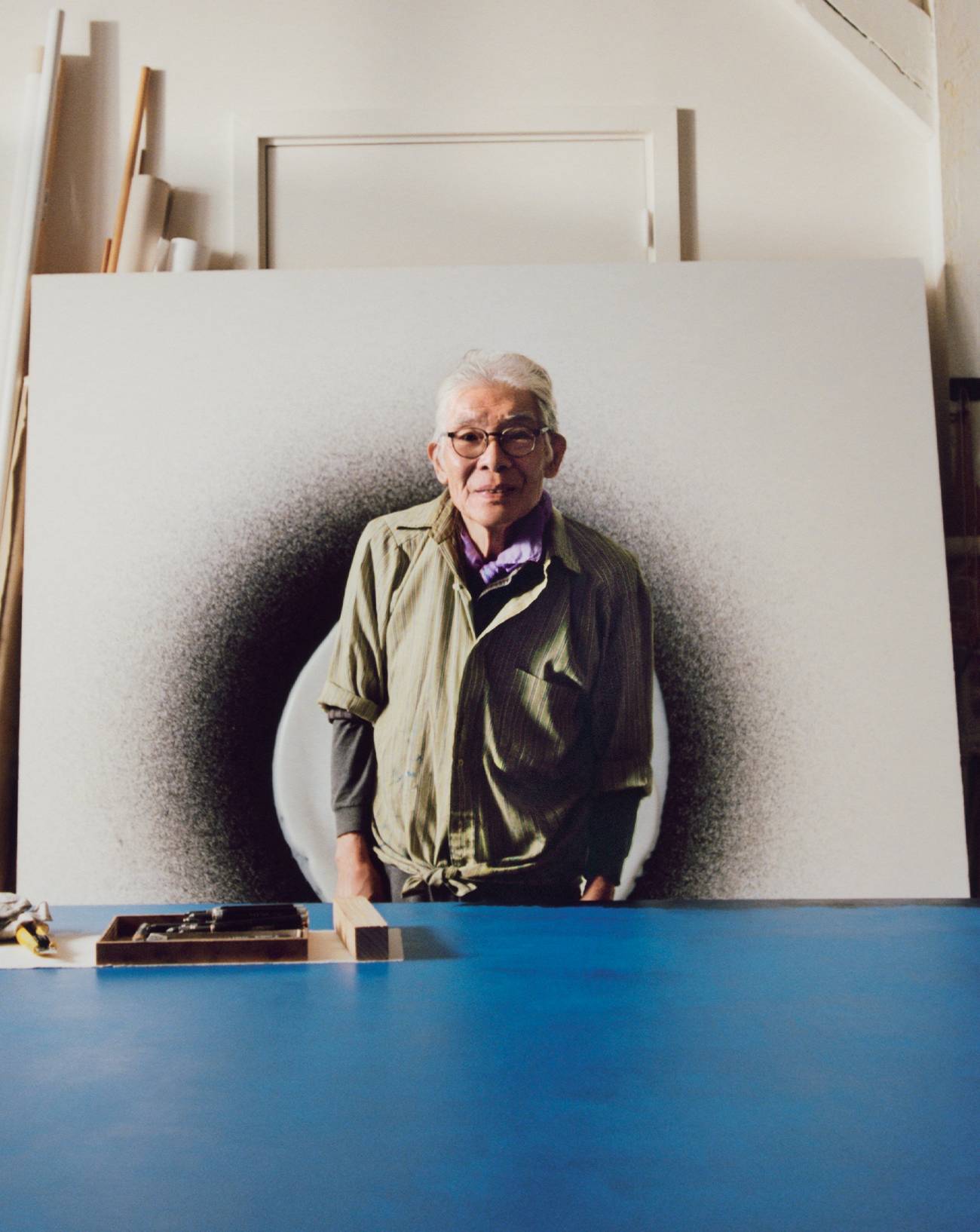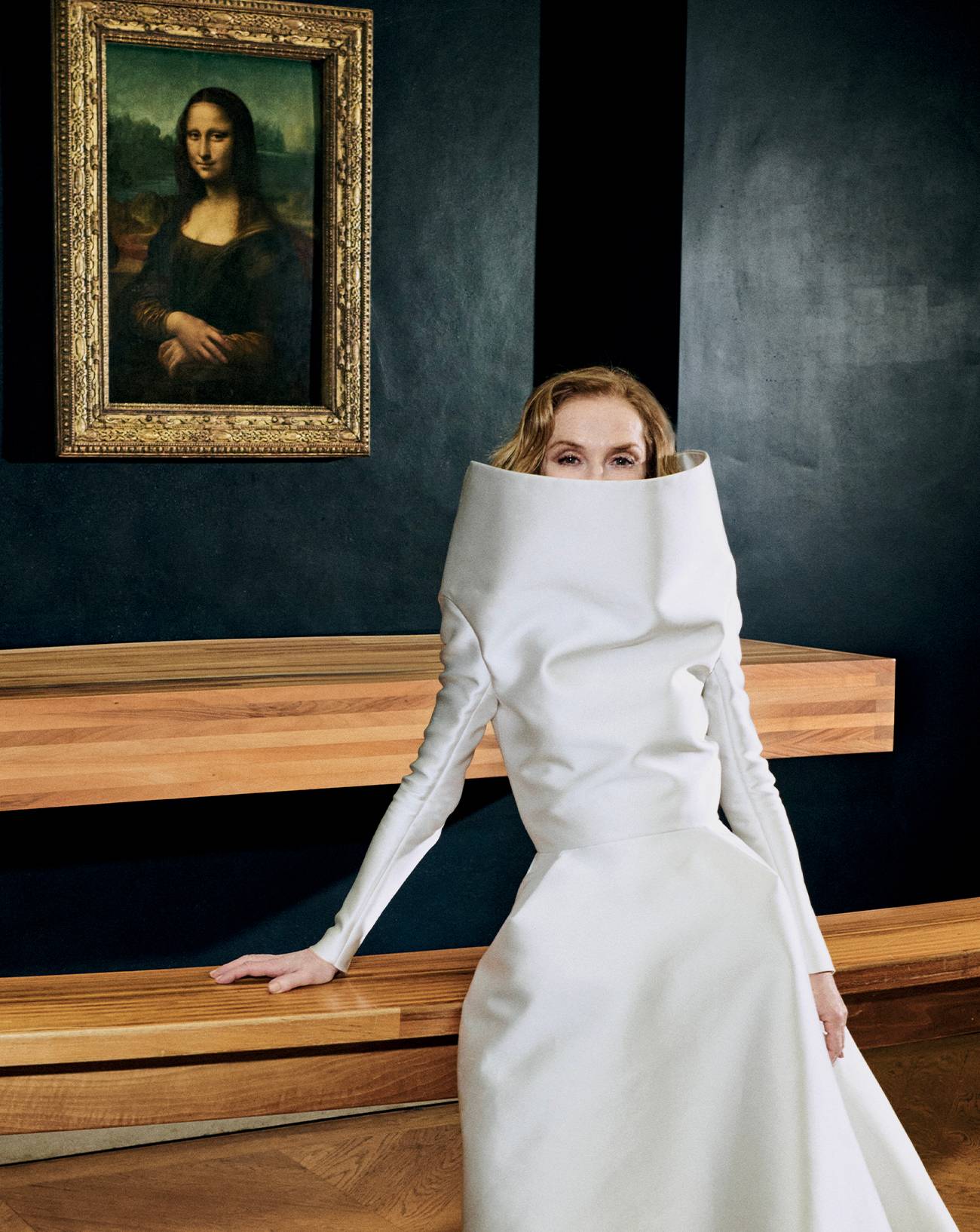

Damien Hirst, Demon with Bowl (Exhibition Enlargement). Photographed by Prudence Cuming
Associates © Damien Hirst and Science Ltd. All rights reserved, DACS/SIAE 2017
Damien Hirst was expecting problems. Ever since his retrospective at the Tate in 2012 (not brilliantly received) the contemporary art star hasn’t done a major show. And his return to the art scene thanks to the Pinault Collection Pinault in Venice looked set to be monstrous, filling both spaces at the Palazzo Grassi and the Punta della Dogana, i.e. 4500m2. And for what purpose?
This exhibition assembles the hundred found objects: giant sculptures encrusted with coral, Greek statues, a bronze sphinx, Buddha...
In 2008 off the coast of East Africa a team discovered a collection of precious artifacts that had been buried under water for two thousand years. This exhibition assembles the hundred found objects: giant sculptures encrusted with coral, Greek statues, a bronze sphinx, Buddha, drawings, precious pieces, golden jewels… Obviously none of it is real. All these enormous creations, just like the project itself, have been produced in the artist’s studio. Among the pieces brought back from the depths (and there are videos to prove it!) is a statue of Mickey Mouse and a Transformer.


Image: Photographed by Christoph Gerigk © Damien Hirst and Science Ltd. All rights reserved, DACS/SIAE
2017
Scam? No, is Hirst’s simple answer, it’s just that today’s art world has no use for the truth. His fictitious and often kitsch reproductions will suit the collectors who don’t care for the cultural, historical or socio-economic context of an oeuvre. In other words its verity or depth. All that remains will be the reproducible images. A dazzling story, improbable and above all unverifiable, will do the trick. We’ve long preferred to print the legend. In the world of Trump, the post-truth concept isn’t just political, it’s an artistic reality. Because the sole truth in the art market is that “it’s worth the money.” And the one-upmanship of gold and precious materials is only there to assure the value of the pieces anyway. As is his way, Damien Hirst has given the art world anthill an almighty kick.
In the world of Trump, the post-truth concept isn’t just political, it’s an artistic reality.
So we walk through this exhibition passing by a Buddha, a sculpture worthy of Murakami, a pseudo-Koons with antique parchments and unicorn figures that recall the work of Tracey Emins. It’s like an Instagram account. Everything looks like everything else, as if beauty – the singularity stemming from a creative act – has no importance anymore. Everything is worth something because everything is buyable, at the same price, and is exhibited in the same place: the antique and the contemporary, the object and the oeuvre. Damien Hirst’s observation in Venice is a harsh one. It’s a damning report on the state of the art world, and the world at large. A comment on the incapacity of distinguishing between truth and beauty through mere disinterest. It’s not the disappearance of ancient worlds, via these artifacts, the artist is highlighting but the end of ours. This is a historical show in more than one way…
Treasures from the Wreck of the Unbelievable de Damien Hirst, du 9 avril au 3 décembre, Palazzo Grassi et Pointe de la Douane (Collection Pinault) à Venise, www.palazzograssi.it
À LIRE AUSSI : Les mystères des toiles de Sigmar Polke au Palazzo Grassi de Venise.


(left to right)
Damien Hirst, Pair of Masks (left), Sphinx (right). Photographed by Prudence Cuming Associates
© Damien Hirst and Science Ltd. All rights reserved, DACS/SIAE 2017


(left to right)
Damien Hirst, Hydra and Kali (two versions), Hydra and Kali Beneath the Waves (photography
Christoph Gerigk). Photographed by Prudence Cuming Associates © Damien Hirst and Science Ltd.
All rights reserved, DACS/SIAE 2017


(left to right)
Damien Hirst, Skull of a Cyclops, Skull of a Cyclops Examined by a Diver (photography
Christoph Gerigk). Photographed by Prudence Cuming Associates © Damien Hirst and Science Ltd.
All rights reserved, DACS/SIAE 2017


Damien Hirst, Aspect of Katie Ishtar ¥o-landi. Photographed by Prudence Cuming Associates ©
Damien Hirst and Science Ltd. All rights reserved, DACS/SIAE 2017








